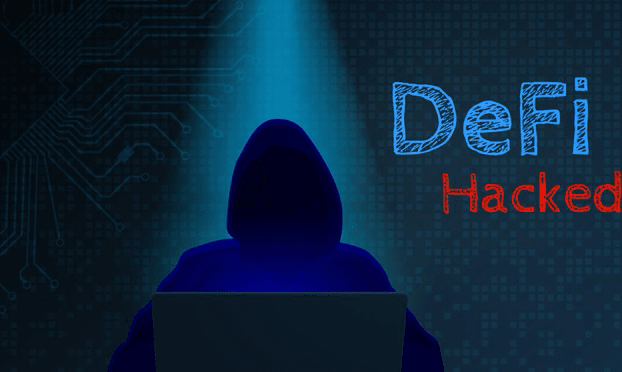
The DeFi sector has witnessed rapid growth in recent years, making it an attractive target for cyber attacks. DeFi protocols rely on smart contracts to manage digital assets without the need for intermediaries. However, despite their intelligence, these contracts are not immune to security vulnerabilities.
How do attacks on protocols occur?
Attacks often exploit vulnerabilities in the code of smart contracts or weaknesses in the protocol's structural design. Reentrancy Attacks are among the most famous attack techniques, where the attacker withdraws funds multiple times from the smart contract before the balance is updated.
Moreover, incorrect pricing vulnerabilities or reliance on insecure data oracles are among the main causes leading to asset depletion.
Additionally, there are Flash Loan Attacks, which give the attacker the ability to borrow massive amounts of money and execute complex transactions within a single block, taking advantage of market fluctuations or errors in encryption.
Most famous attacks on DeFi
The DAO Hack in 2016 is one of the most prominent examples of these attacks, where the attacker exploited a reentrancy vulnerability to withdraw nearly $60 million worth of Ethereum. This incident led to the splitting of the Ethereum network into two chains: Ethereum and Ethereum Classic.
The Ronin Bridge attack was more recent and massive, where the bridge connecting the Ronin network for the Axie Infinity game was hacked, stealing over $600 million. This breach highlighted the dangers of relying on blockchain bridges, which are preferred targets for attackers due to the volume of assets that pass through them.
How do you protect yourself?
A set of preventive measures must be followed to protect your funds in the world of decentralized finance (DeFi), the most important of which are:
First: Choose protocols whose smart contracts have been audited by independent and reputable auditing firms.
Second: Do not deposit large amounts into emerging protocols that have not yet been tested in the market.
Third: Make sure to use wallets that support additional security features, such as two-factor authentication and cold wallets.
Fourth: It is recommended to keep up with security news and technical reports about the protocols you are dealing with, as vulnerabilities are often announced before they are widely exploited.
Fifth: It is also important to diversify wallets and not put all your money in one protocol.
#BİNANCE #BinanceSquare #Write2Earrn #CryptoArabic #BinanceExplorers